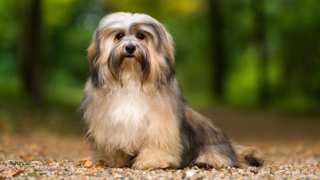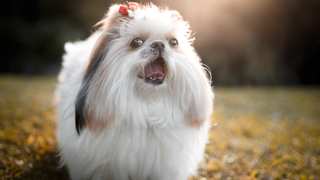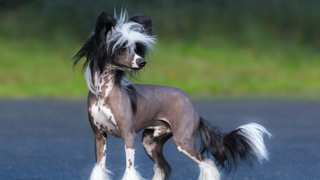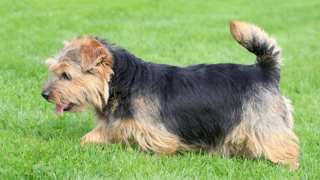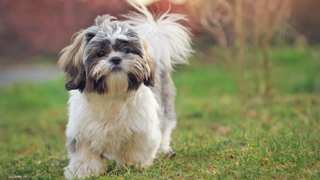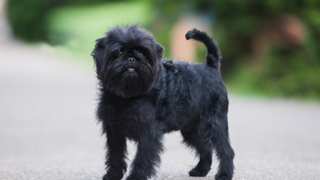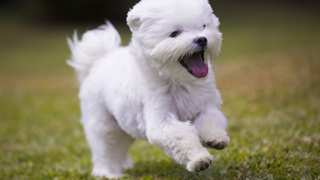As an active, lively little breed, Coton de Tulear diet and nutrition are vital in keeping these dogs cheerful and healthy. Cotons, as toy-sized dogs, don't eat a lot of food, but they have quite sensitive stomachs and can have allergic reactions to grains including corn, wheat, and barley, among others. This means that Coton de Tulear food will need to be a premium grain-free formula. Though high-quality grain-free foods are more expensive and difficult to obtain, they contain vital ingredients--animal proteins and carbohydrates for energy, omega fatty acids for coat and skin health, and no grains--that cheap, "generic" dog foods simply don't have.
But regardless of price, your Coton won't eat much of it. Depending on its age, size, and activity level, an adult Coton de Tulear will need approximately ¾ cup of dry food per day, divided into two meals. Again depending on their age, Coton puppies need a bit less: about ½ cup per day, divided into three meals (not two) until the puppy is six months old. It's a good idea to give a young Coton puppy food for its first nine months, then you can transition to an adult formula by mixing the two for a few days. Another recommendation is to establish a consistent feeding schedule for your Coton so the dog gets used to eating at the same time every day. For more info on feeding a Coton de Tulear, see the chart below.
Coton De Tulear Feeding ChartDog AgeDog WeightFood TypeAmountFrequency2 Months2 lbsDry (Grain-Free Puppy Formula)0.1 cups3x/day3 Months3 lbsDry0.15 cups3x/day6 Months6 lbsDry0.2 cups3x/day9 Months8 lbsDry* (Puppy/Adult)0.35 cups2x/day12 Months+10 lbsDry (Grain-Free Adult Formula)0.4 cups2x/day*--Around this time, transition to adult food by first mixing a bit of adult formula in with the puppy formula. Over the course of a week, with each meal add a bit more adult food until the dog is eating it entirely.
It's highly recommended that you stick with the above-listed portions; while they seem tiny, they're ample enough for these little dogs! An overfed Coton de Tulear may become overweight, leading to joint, breathing and digestive issues, not to mention a shortened lifespan. You can control your Coton's weight in several ways: by establishing consistent feeding and exercise schedules; by not feeding the dog table scraps; and perhaps most important, by not "free-feeding" your Coton. (Free-feeding is leaving food in the dog's bowl all the time so it can eat whenever it wants.) It's better to put your Coton's bowl down only at mealtimes, then pick it up 15 minutes or so after the dog begins eating.
If you're worried your Coton is overweight, give the dog this simple Ribs Test: run a hand along its side, and if you can't feel any ribs, it's diet time. Reduce your Coton's daily food consumption by one-fourth, and add an extra walk or play period to its daily exercise schedule.

